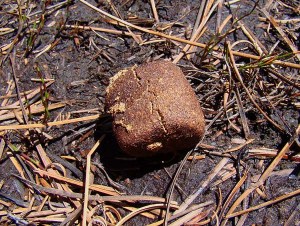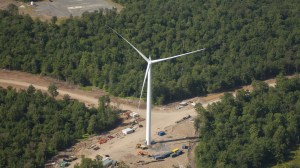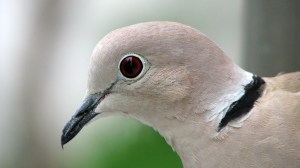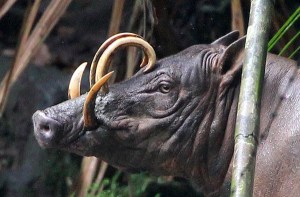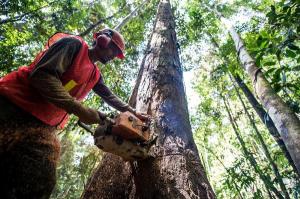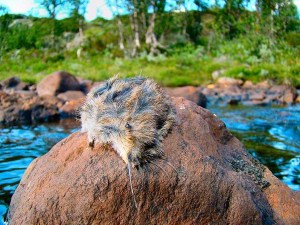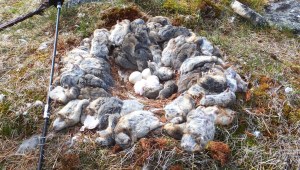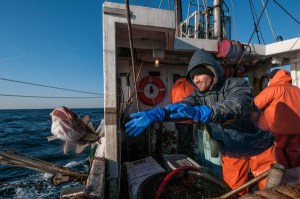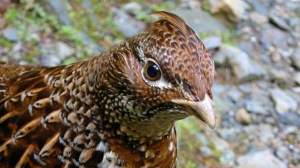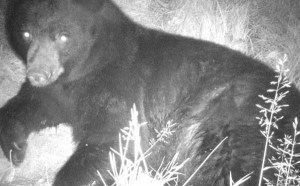Discover stories in Uncategorized
Marsupial Mystery: Who Poos Cubes?
In Tasmania, blogger Alison Green came across a strange sight: poo cubes, and lots of them. What animal might have left this sign? Join her as she tracks down this fascinating creature.
How Can We Make Energy Security Sustainable?
Meeting our energy development needs will require converting land from current uses. That's a given. But can we achieve energy security without risking the security of the lands and waters on which all life depends?
Eurasian Collared Dove: Have You Seen This Bird?
Thirty years ago, non-native Eurasian collared doves were starting to show up in South Florida. Today, this species is being documented across North America. How citizen scientists help document the spread of a non-native species.
Babirusa: Conserving the Bizarre Pig of the Sulawesi Forest
The babirusa may be one of the coolest and most bizarre animals around. But even those formidable tusks can't protect it from poaching and deforestation.
Logging Carbon by Trailing Loggers
Reduced Impact Logging (RIL) is good for our carbon footprint, right? Not consistently, say Conservancy scientists studying logging practices in Indonesia.
Zumwalt Prairie: Mountain Lions, Mountain Quail & More
Camera Trap Chronicles heads to northeastern Oregon's Zumwalt Prairie Preserve for a "backstage pass" to the lives of big predators, cool birds, roaming herds and more.
Mad Men Go Falcon Trapping
Bird conservation, 1950s style. Blogger Joe Smith looks back at the unusual techniques used by bird banders, at a time when peregrine falcons faced a bleak and uncertain future.
The Myth of Suicidal Lemmings
It's one of the most enduring wildlife images: thousands of lemmings following each other over a cliff. One problem: it's not true. The real story of lemming migrations and "mass suicides."
The Amazing Lemming: The Rodent Behind the Snowy Owl Invasion?
Lemmings shape nearly every aspect of arctic ecosystems. Could their recent abundance also be a key factor in the snowy owl invasion occurring in the eastern United States?
Chasing Cod: Tracking a Fish to Save an Industry
Cod is as much a part of Eastern Massachusetts as the Red Sox. But the fishery has been in long-term decline. Can tracking cod help save them...and an industry?
The Grouse in Winter
Self-made snow igloos, "reverse" migrations and big sagebrush. The unusual ways 3 grouse species survive and thrive in deep snow and frigid temperatures.
Bear Nap by the Camera Trap
Does a bear sleep in the woods? Camera Trap Chronicles features a time-lapse video of a black bear's ten hour nap underneath a camera trap.
